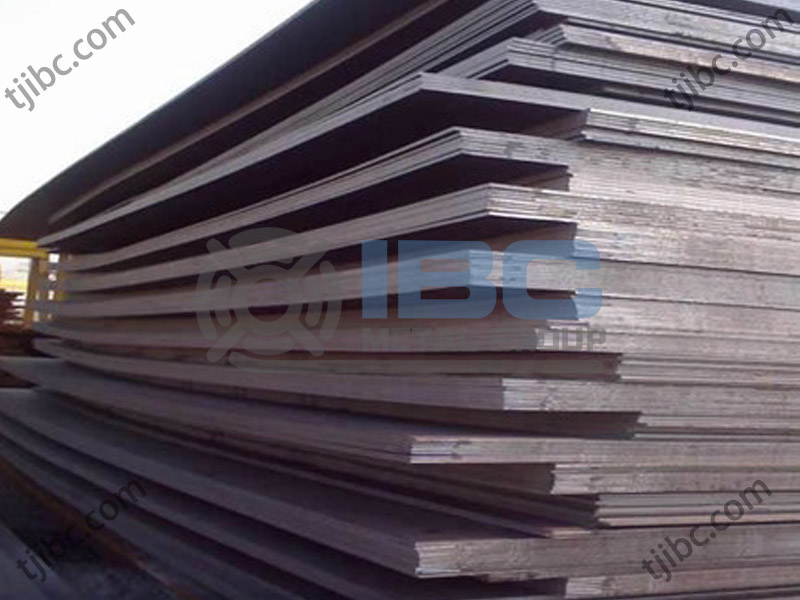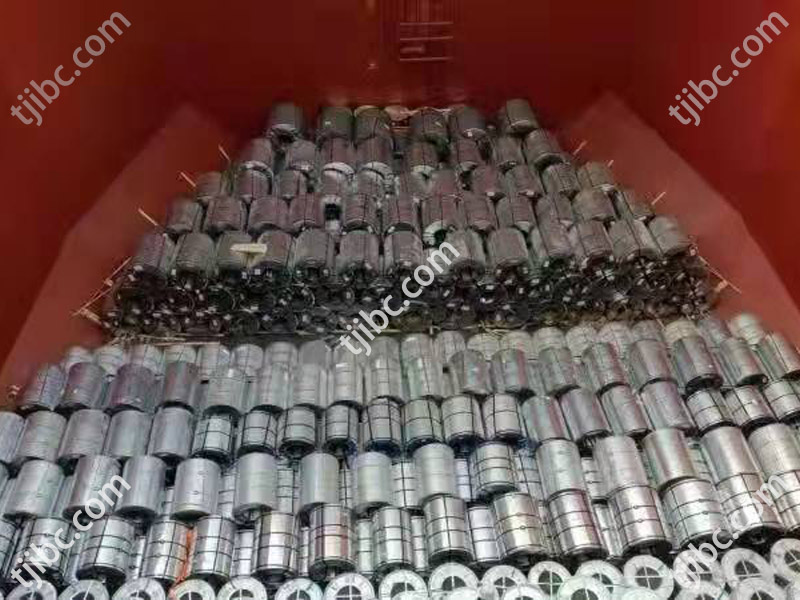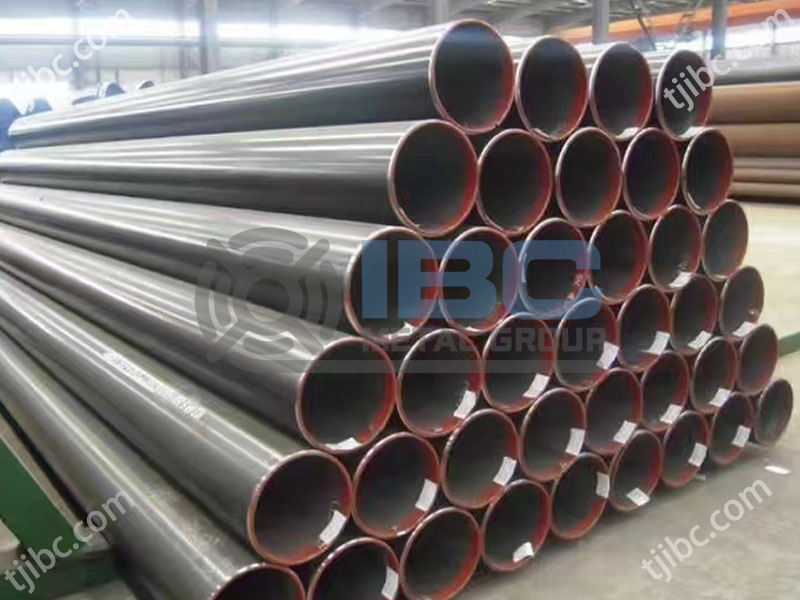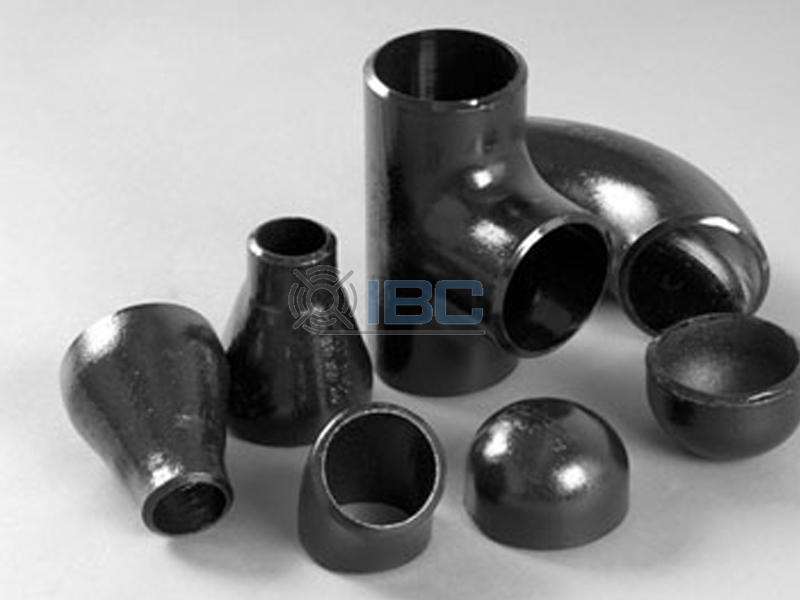Material Characteristics
High density polyethylene (HDPE) : EN13244 HDPE pipe is a highly crystalline, non-polar thermoplastic resin tube. The appearance of the original HDPE is milky white, and it is translucent to a certain extent in the meager section. Due to its tight molecular chain structure, it has high strength and hardness.
Corrosion resistance: It has excellent corrosion resistance to most chemicals and microorganisms. Therefore, this pipeline can be used in a variety of environments for a long time without erosion.
Wear resistance: Compared with other materials of the pipeline, its inner wall is smooth, the fluid resistance is small, and the wear resistance is outstanding, which can significantly reduce the energy consumption and wear during the transportation process.
Flexibility: It has good flexibility and impact resistance. Therefore, it can adapt to the small deformation caused by natural factors such as ground subsidence and temperature change, and is not easy to break.
Light weight: Compared with traditional metal pipes, this pipe is lighter in weight, easy to transport and construction, and can effectively reduce labor intensity.
Application Field of EN13244 HDPE Pipe
Water supply system: urban water supply, agricultural irrigation, industrial water and other fields. Especially in the case of high water quality requirements, HDPE pipe is favored for its non-toxic and pollution-free characteristics.
Drainage system: suitable for municipal drainage, sewage works, and building rainwater discharge. Its corrosion resistance and anti-aging properties ensure long-term reliability.
Gas transmission: medium and low pressure natural gas and gas transmission system is gradually inseparable from its figure. Its safety and economy have been widely recognized.
Industrial pipelines: In the chemical, petroleum, electric power and other industrial fields, media transmission pipelines can also use HDPE materials.
Maintenance of EN13244 HDPE Pipe
1. Perform regular inspection
Perform regular inspection of pipes to check for breakage, leakage, or other problems. If any problem is found, it should be repaired in time.
2. Clean the pipes
Clean the dirt and blockage inside the pipe regularly to prevent pipe blockage and flow reduction. Pipe flushing can be done using appropriate cleaning agents and tools. This keeps the inside of the pipe clear and clean.
3. Prevent external damage
EN13244 HDPE pipes have strong impact resistance and wear resistance, but they still need to prevent external damage. In construction and daily use, workers should pay attention to avoid heavy objects bumping, mechanical extrusion or scratching the surface of the pipe.
4. Anti-corrosion measures
In special environments, such as conveying acid and alkali corrosive media, workers should take anti-corrosion measures. For example, pipes coated with anticorrosive layers or using corrosion-resistant materials.
5. Sun protection
Long-term exposure to sunlight can cause pipes to age and become brittle. Therefore, UV exposure can be reduced by means of shading or covering protective layers.

Contact with us today!



